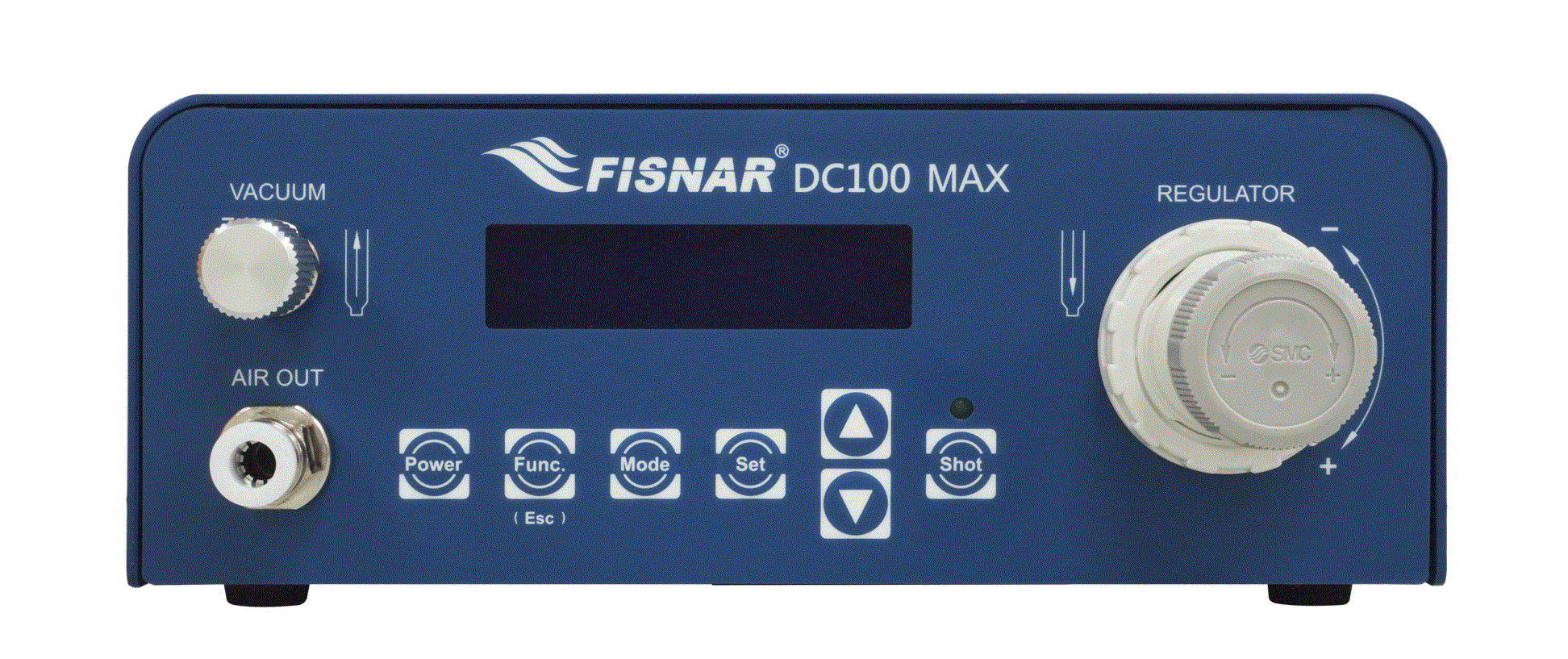

- Contributions by industrial experts with engineers in mind
- Focused on specialty-chemical material applications and selection
Knowledge Center
What Projects Require Custom Adhesive Formulations and Why?

Custom Formulated Adhesives
Some products, regardless of how big or small, require custom formulated adhesives. While formulation can vary depending on how technically involved it is, the objective is that the end result will be cost-effective, and comply with your goals for design, manufacturing and quality.
Scenarios Calling for Custom Adhesive Use
Purchasing an off-the-shelf adhesive as a component for your product or mechanical project is a natural step in the design process - but it's sometimes impossible. Across industries, verticals and project types, there are a few common reasons why no good adhesive exists on the market with the exact right combination of qualities, and a custom formulation is necessary. This is especially true in heavy industries where manufacturing requirements are stringent and performance is essential. The following are a few of these scenarios, ones that may be disrupting your manufacturing efforts right now.
No Adhesive Matches the Project's Needs
If your design specifications call for a specific level of adhesion, and no off-the-shelf adhesive can meet the requirements, your whole production schedule can be in jeopardy. Especially when you're dealing with precision engineering in aerospace, transit or defense projects, you can't afford to put products in front of your clients that don't match your quality targets - if no adhesive can get you the reliable results you need, it's time to look into a custom formulation.
An Off-the-Shelf Adhesive is Being Discontinued
What happens when you've found an adhesive that works, but it's about to be taken out of production? In these cases, it can be hard to keep your assembly line moving. In such cases, it's time to reach out to a lab that can formulate a high-quality new epoxy, urethane, silicone or other adhesive type. It's possible that the custom replacement won't just match the performance possible with the old formula, but improve upon it.
When Existing Adhesives Cannot Comply with Regulations
As governmental agencies tighten the restrictions around which chemicals are deemed safe, it's common for older substances to be banned. An integral ingredient in your company's products may be listed for noncompliance. In these cases, as with an adhesive being discontinued, it is important to find a lab that can create a custom formulation to replace the lost chemical. The new formulation must deliver the same performance or better while also complying with the law in question.
All About Adhesives, Including Custom Formulated Adhesives
Between off-the-shelf options and new formulations, you can acquire an adhesive that fits just about any description or requirement. Considering adhesives are used in all aspects of life, from baby wipes to office supplies to medical tools, it makes sense that there are so many forms of adhesion across the board. To better understand why certain products may require custom adhesive formulations, it’s necessary to delve into the types of adhesives and what they’re used for.
Types of Adhesives
According to Adhesives.org, an adhesive is defined as a non-metallic binder that acts via adhesion and cohesion. To classify adhesives, it can depend on their form (paste, liquid, etc.), their chemistries (polyimides, epoxies, etc.), their type (hot melt, contact, etc.) and their load carrying capability (structural, non-structural).
Structural Adhesives
The first type of adhesive to cover is structural adhesives. These are strong adhesives, otherwise known as load-bearing and are useful for engineering applications. Consisting of epoxies, cyanoacrylates, and some acrylic adhesives — the product can undergo shock, vibration, and other destructive agents and remain bonded.
Pressure Sensitive Adhesives
Next, there are pressure sensitive adhesives. These are normally purchased as tapes or labels and do not solidify to form a solid material. Bonds are formed by bringing the adhesive film in contact with the substrate and applying pressure. Pressure sensitive adhesives are typically used to temporarily hold objects in place during assembly.
Thermosetting Structural Adhesives
There are thermosetting structural adhesives that are typically available in two-part forms and are mixed carefully with a limited time window. Thermosetting structural adhesives normally have a “pot life,” which is the amount of time from mixture that the adhesive is workable and able to make a satisfactory bond.
Reactive vs. Non-Reactive Adhesives
Reactive adhesives can be characterized by the formation of permanent bonds between substrates that create resistance against chemicals, moisture, and heat — think structural adhesives. Typically, a reactive adhesive is made of a monomer (resin) and an initiator. Due to the chemical bond, reactive adhesives have long-term durability and high bond strength. When choosing an adhesive, it is important to consider what the product will need to endure. Reactive adhesives cure to a material, as opposed to hot melt or solvent adhesives, which means they are more durable to the effects of extreme temperature and general environmental resistance. Epoxies are the most commonly used of all of the structural adhesives, says Composites World. Epoxies are common due to their range of forms, their high tensile strength, dimensional stability and their ability to adhere to many materials. They can also be room-temperature cured, or with heat (depending on the additives). Advances in additives and formulation have made epoxies more resistant to chemicals.
A reactive two-part adhesive works as follows: base resin + hardener/curing agent → plastic or rubber. It transforms into a thermoset polymer via a cross-linking process, says the MIT D-Lab. For a reactive one-part adhesive, it needs UV light, heat or moisture (it is a pre-mixed, two-part adhesive but the reaction needs an application of light, heat or moisture to begin).
Other examples of reactive adhesives include: acrylic, silicone, urethane and cyanoacrylate (super glue).
Non-reactive adhesives do not have a permanent chemical bond, and instead bond through a physical change. Examples include: polyvinyl acetate, construction adhesive, hot glue and contact adhesive
An emulsion adhesive works as follows: adhesive + evaporative solvent → solvent evaporates and leaves the adhesive behind. As the solvent evaporates, it leaves the adhesive behind.
Natural vs. Synthetic Adhesives
Another categorization of the many forms of adhesives is if they’re natural or synthetic. Historically, adhesives were made out of naturally-occurring components, but now it is common to find a combination of natural compounds and synthetic compounds when looking at adhesive formulations, says Thomas Net.
Natural adhesives are made from naturally occurring materials from the planet, like animal and plant matter, and occasionally, minerals. Animal-based adhesives are made from albumin, beeswax, casein and gelatin. Plant-based adhesives are made from components like dextrin, natural resins (gum arabic, balsam), oils, waxes, soybean protein and starch. Mineral-based adhesives can come from components of amber, paraffin, silicates and sulfur.
While these types of adhesives are generally affordable to manufacture and are still used for wood, paper, film and foil materials, most adhesives employed today belong to the newer synthetics category. Synthetic adhesives are developed from human-made polymers. While more expensive than natural adhesives, synthetic alternatives are more customizable and feature greater bond strengths.
Industry Applications of Adhesives
Starting with the use of reactive adhesives, you can see a wide variety of applications of these formulations. Manufacturers, when deciding on an adhesive, consider tensile strength, tensile shear strength, dimensional stability, temperature resistance and the compatibility of materials.
For example, as previously discussed, epoxy is a common choice for reactive adhesives as it is the strongest structural adhesive. This makes it useful for an expansive stretch of industries, like aerospace, industrial, marine, electronics, transportation and many others. Meanwhile, urethanes and urethane acrylates have a highly elastic bond that lends itself to high elongation. So while it is not as resistant to temperatures as epoxy, it is often utilized in automobile and transportation applications. The elongation is useful in the manufacturing of car body parts because they are often made of various materials and move frequently in relation to each other. A highlight of acrylics is that they can bond to most surfaces with little to no preparation (they also have greater flexibility than epoxies). Acrylics are often used in marine and metal-bonding applications and are especially useful because they bond to tricky plastics and oily metals. A drawback, though, is that acrylics release a non-hazardous but potentially annoying sweet odor.
Non-reactive adhesives are typically used non-structurally, due to the lack of chemical bond, and include more household-friendly names like — polyvinyl acetate (white glue), hot glue and contact adhesive.
It is important to note that beyond the use of adhesives in a realm of industrial and electronics, they also play a vital role in the creation of consumer goods like paper products, furniture, clothing, ceramics and woodworking. Across the board, the type of adhesives being used in a project is a necessary consideration.
If your go-to adhesive has been discontinued or no longer meets industry requirements, you can contact ResinLab to formulate an equivalent that meets your application requirements even better than your previous adhesive. Their product development staff, featuring chemists with an industry background, can work with the needs of your company to create a strong, reliable adhesive. For more information about adhesives for industrial applications, contact the experts at Gluespec today.






